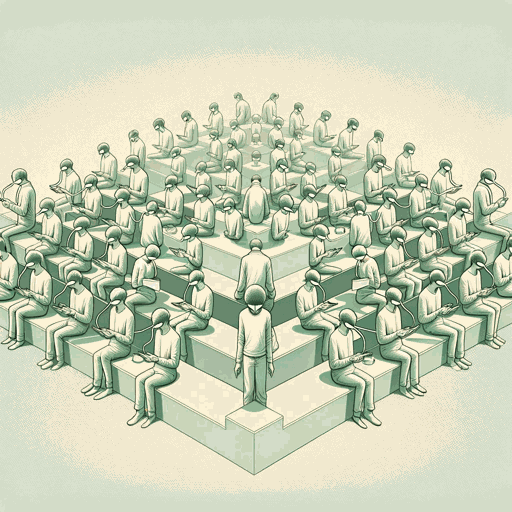30 pages • 1 hour read
Guy DebordThe Society of the Spectacle
Nonfiction | Reference/Text Book | Adult | Published in 1967A modern alternative to SparkNotes and CliffsNotes, SuperSummary offers high-quality Study Guides with detailed chapter summaries and analysis of major themes, characters, and more.
Symbols & Motifs
Proletariat
The figure of the proletariat, which appears throughout Debord’s text, is used in the sense Marx and Engels originally intended: namely, the self-organization of the working class that transforms society and thereby renders it as truly equal and free. However, Debord breaks with the way the term was understood by Lenin and Stalin insofar as both understood the proletariat as a collective subject that is to be guided and represented by a worker’s Party-State. For Debord, the Leninist and Stalinist error is to envision class struggle as a struggle over electoral representation, since he views electoral politics as inherently incapable of providing the type of societal change originally desired by Marx and Engels: “the representation of the working class has opposed itself radically to the working class” (Section 100). It is for this reason that just as Debord celebrates the figure of the proletariat, he also criticizes leftists who continue to view the status of the proletariat as a class that can liberate itself by means of parliamentary politics.
The Commodity
When Debord speaks of the commodity, he is referring to Marx’s analysis of the commodity-form as found in Capital. In the opening chapters of this text, Marx argues that commodities, or goods that are purchased and that satisfy basic needs, have a dual character.

